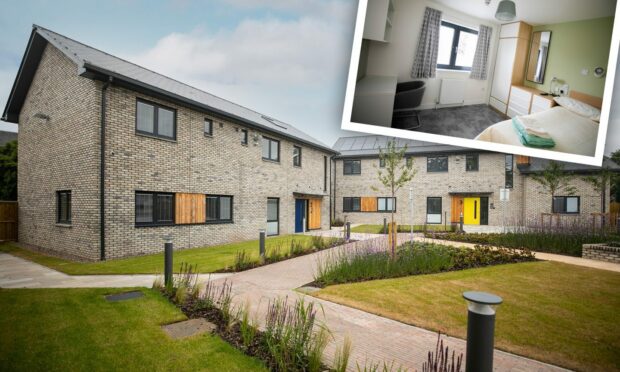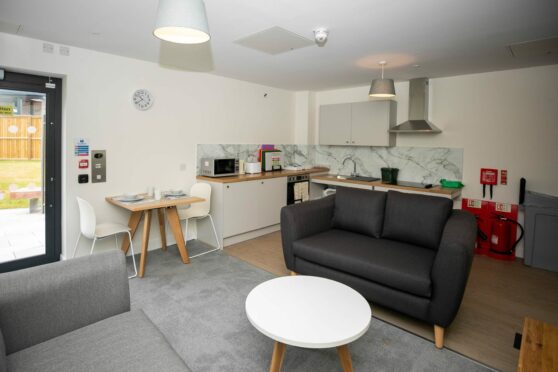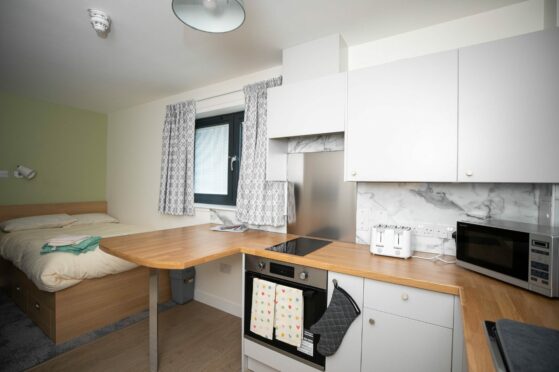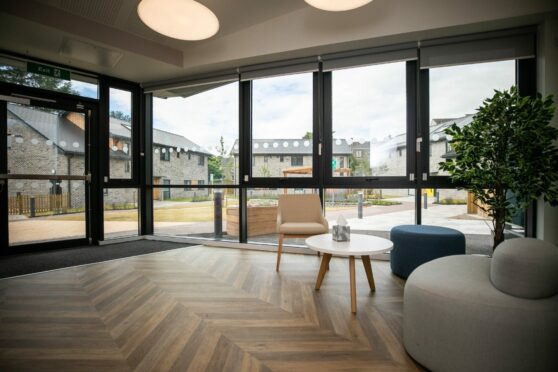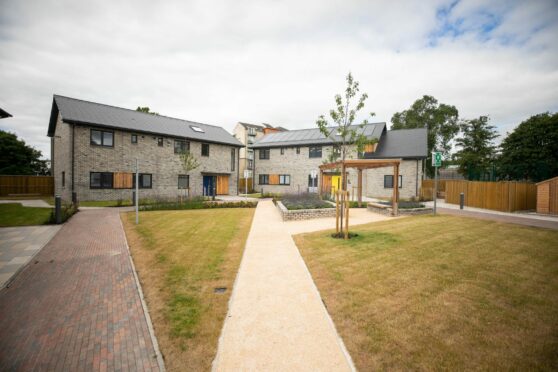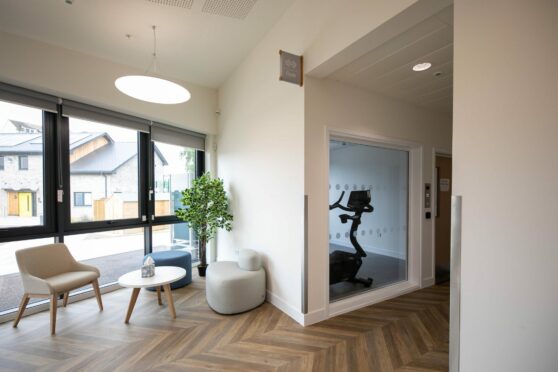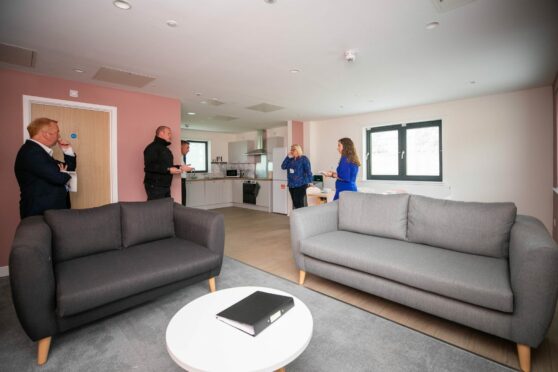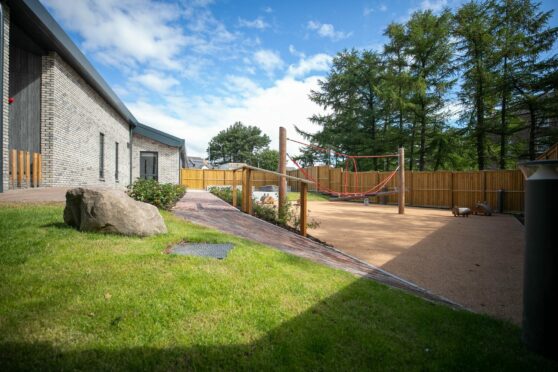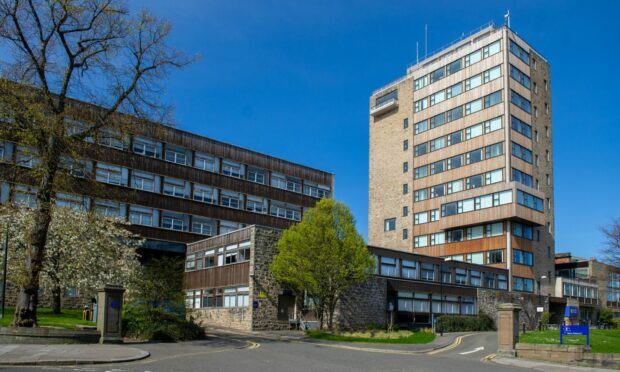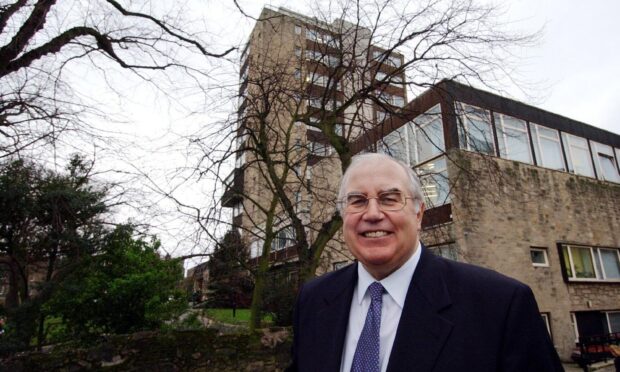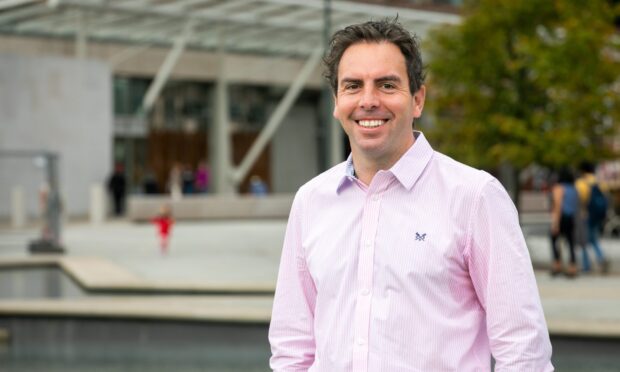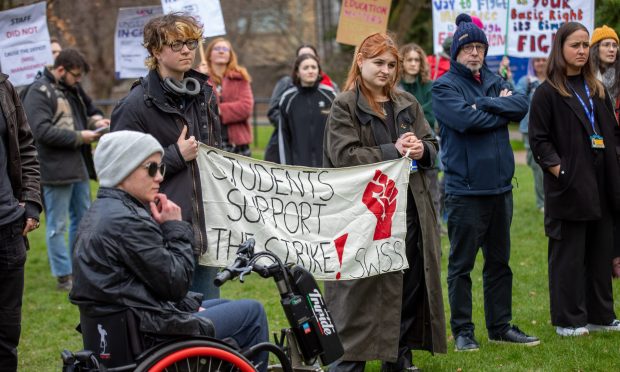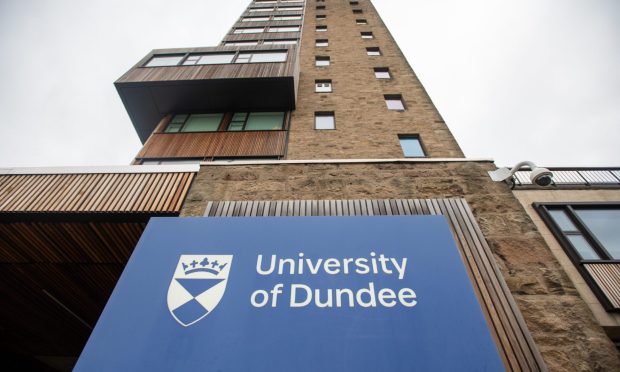A new custody centre for women will open its doors in Dundee next week.
The Bella Centre in the city’s Hilltown, set to house 16 women, is a UK-first in how it deals with female offenders.
It welcomes its first residents on August 1, just over a decade after the Commission on Women Offenders (known as the Angiolini Commission) said the women’s prison system in Scotland needed a complete overhaul.
I got a tour of the unit on Tuesday – and the first thing that hits you is that it looks nothing like a prison.
The central building has a “community hub”, a spacious room with huge glass windows to let in lots of natural light and a fully-fitted kitchen for the women to cook meals together.
The hub also has a flat-screen TV, a computer, Wi-Fi, a reading corner and space for group activities.
It opens out onto a garden where there are picnic benches and outdoor play equipment for kids.
This area looks just like anyone else’s back yard – it’s fenced and there are no high walls with barbed wire like some would expect.
En-suite bedrooms overlooking the Tay
Once you leave the central building – which also boasts a gym and a healthcare centre – you are soon in another large garden that is overlooked by three houses.
Only the women themselves are allowed into this part of the centre and they’re responsible for maintaining it.
Each house has what you would expect, from toasters and ovens to washing machines, TVs and dining tables.
There are en-suite bedrooms, some of which have views of the River Tay.
Women in the prison system had a hand in designing the properties and the neutral colour scheme was chosen to help create a calming environment for those who have experienced trauma in their lives.
Security measures
Even though the centre does not look like a prison, it has a lot of security – it is just not necessarily the first thing you see.
The women will get their own key-cards to go through doors, while anyone coming into the centre needs to go through airport-style measures.
Inside the houses, there are alarms discreetly adorning the walls and security will arrive immediately if one is pressed.
Community backlash
This new concept was revealed in 2015 and there was a backlash from the local community when it was approved three years later.
Around 1,300 people signed a petition against it, urging Dundee City Council to reject the proposal.
Arguments centred on the existing issues in the Hilltown such as drug use, crime and problems with antisocial behaviour around the Lily Walker homeless shelter, and fears the new facility would add to the area’s woes.
Public meetings were tense and questions were raised on a number of occasions about security and whether there would be enough staff to manage the facility properly.
There were shouts of “disgrace” and “shut up” when councillors voted 19 to 10 in favour of allowing it to be built on the former Our Lady’s Primary School site.
The Scottish Prison Service says those going into The Bella Centre have been chosen on where they are right now in the system, as opposed to what their initial conviction was for.
Residents are required to go through an extensive screening process to prove they are suitable to live so close to the community.
Reintegration back into the community
Staff are keen to get across that the centre is about more than just the buildings.
Those who live there will work closely with social workers and prison staff to be reintegrated into society.
The prison services says learning from Scandinavia, where reoffending rates are much lower than in Scotland, was an important part of the process.
A second unit called The Lilias Centre, expected to house 24 women, opens in Glasgow’s Maryhill area in October.
‘This is fundamentally different’
Carol-Ann Murray, from the women’s strategy team at the Scottish Prison Service, says: “This is the first of its kind in the UK.
“Currently we have a closed prison estate and an open prison estate – this is fundamentally different.”
She adds: “The women will find it very different but they have been part of the process from the very beginning and we have shown them pictures of the design and the spaces that have been built.
“Everyone who comes here has to go through a robust risk assessment.
“They can’t go into custody and come straight here.
“But once they are here they will learn to live independently and that will prepare them better for transitioning back into the community.”
